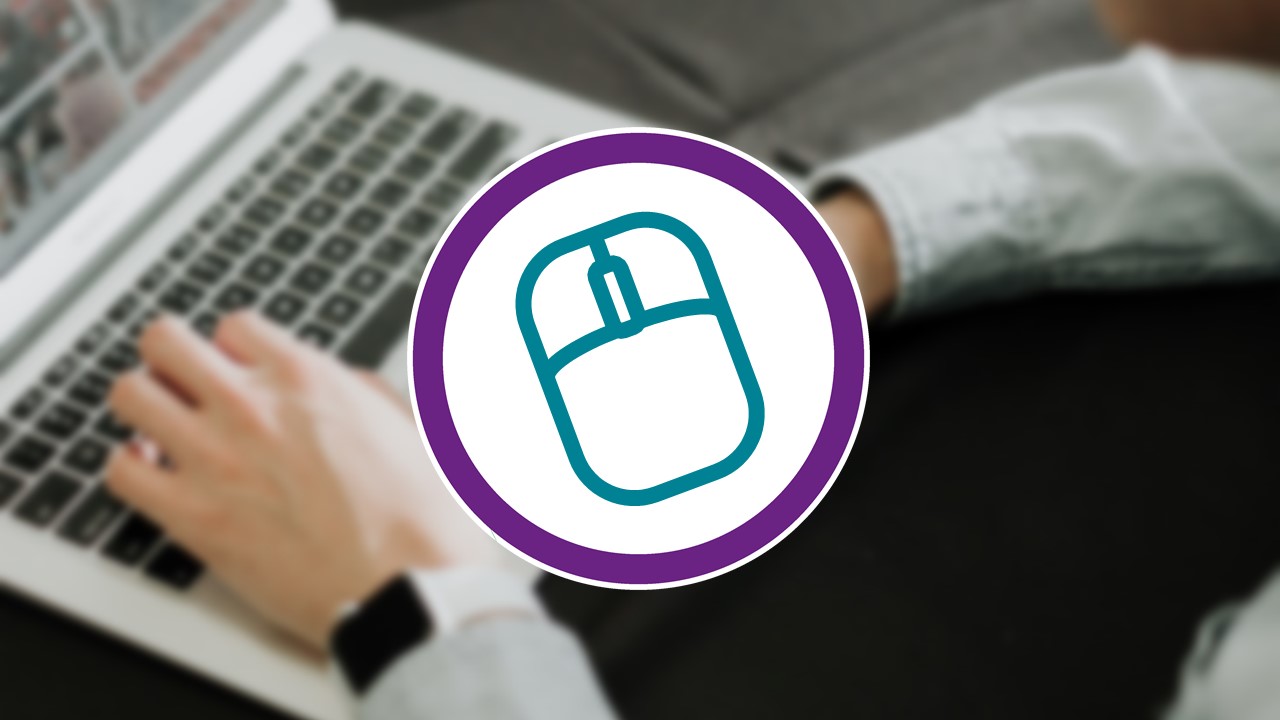Using interactive and engaging online live activities
Alexandra Hennessey (SEED) shares her experience of using interactive and engaging online live activities to teach neuroscience terminology.
Teaching and learning problem/challenge?
Teaching live online 1 hour weekly complimentary sessions to the asynchronous lectures and activities. The challenge was to make teaching neuroscience and brain anatomy engaging, interesting and interactive, while also being accessible to students. This content is historically difficult, new and challenging for students, who often disengage and feel overwhelmed by it.
What was the solution?
The solution was to use the live online session to complement the asynchronous lecture material – make the activities fun and interactive. As an example, a session in which I was teaching the anatomy of the frontal lobe used a series of activities, starting with shorter and simpler whole group (up to 70 students joining) through to small group activities.
For example:
The session started with brief 10min recap of the key brain structures and their names, locations in the brain and function. The following activities were designed to practice this and encourage interaction with difficult and new terminology.
Activity 1 – Say after me! Here students were asked to unmute themselves (if they wished) and repeat wordy technical brain terms after me.
Activity 2 – Learning the frontal lobe lexicon – abbreviations exercise. These complex terms typically use abbreviation, but remembering them can be confusing so I flashed up the abbreviation and asked students to unmute and say the terms again.
Activity 3 – They were then encouraged to practice writing these terms and type them into the chat function (or handwrite if they wished, or both).
These activities together took under 10 minutes.
Activity 4 – Learning the frontal lobe lexicon – anagram exercise. Students were to match the term to the anagrams. Similarly this is to encourage familiarity with terminology. This was done in small groups for approx. 8 mins. A Google Docs link was set up with a space for each group, so that engagement with task could be monitored.
Activity 5 – Learning the frontal lobe lexicon – pin the tail on the brain. Students indicate location of brain structure on an image of the brain. This is to encourage familiarity with terminology and location in the brain. This was done in small groups for approx. 10 mins. A Google Docs link was set up with a space for each group, so that engagement with task could be monitored.
Activity 6 – Structural, functional or chemical? This was set up as a short quiz for the whole group. Students were to decide whether the neurological evidence presented was structural, functional or chemical (terms there were introduced to in the asynchronous material). This was done using the chat function to encourage discussion and questions as well, as it was not always black and white, so discrepancies could encourage further elaboration.
How successful was the solution?
Overall, this made a varied and engaging session. The unmuting online was amusing and good to hear voices of other students, while using the chat function to respond also worked well as an interactive and fun exercise – as well as academic. It also made evident that students were participating and engaging in the content, the live interactive element meant it was difficult to be distracted with other online material, such as emails etc. The Google Doc reporting for exercises also meant that as a tutor when students are in breakout rooms you are able to monitor participation, and can enter rooms that may appear to be struggling or have queries. It is also a good way to share responses in individual groups among the whole cohort.
Evaluation / Student Feedback
Zoom sessions which were really interactive in many different ways, e.g. getting us to unmute and repeat after her, doing polls, using google docs for group work etc.
Benefits
- Interactive and engaging
- Encouraged participation
- Enables monitoring of understanding in a large group setting
Top Tips
Make a live session interactive by using large group interactive activities and google docs to structure and support activities.

School: Environment, Education and Development
Discipline: Neuroscience
Academic: Alexandra Hennessey
Course: Introduction to Neuroscience and Education EDUC60741
Cohort Size: 70
Themes: Teaching ideas, student engagement, online activities
Ref: 031

0 Comments